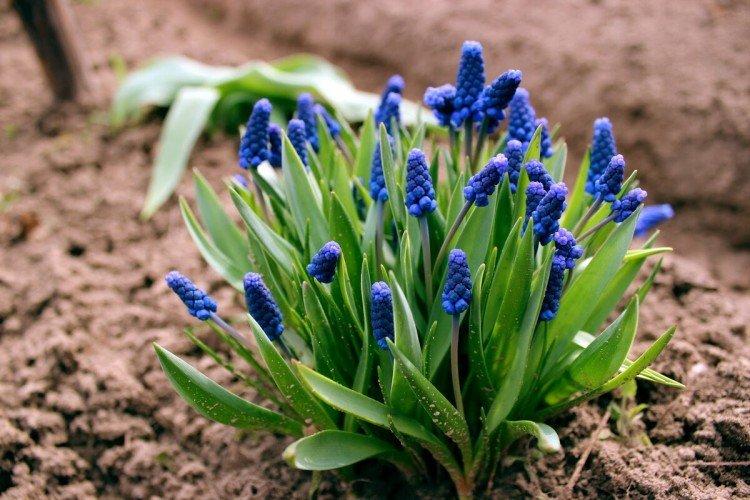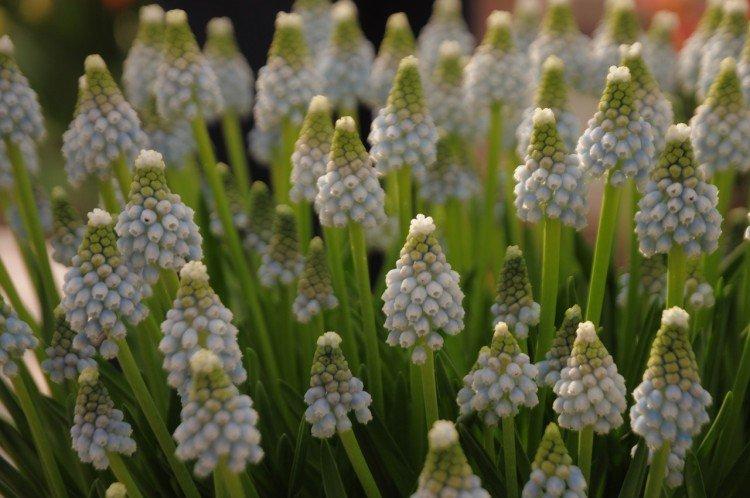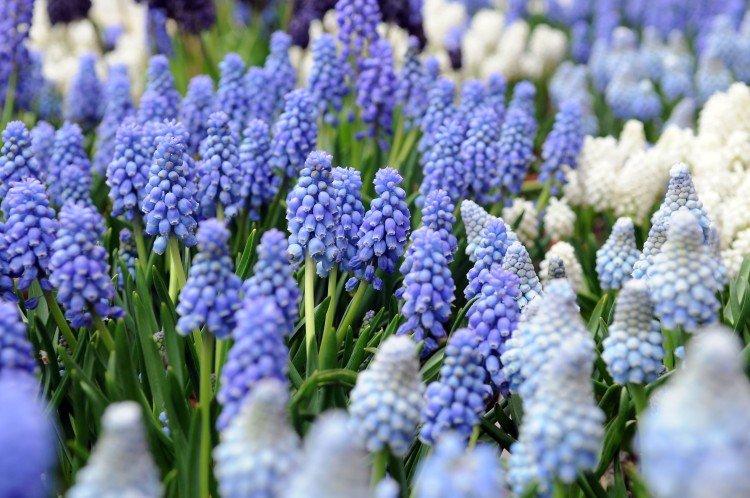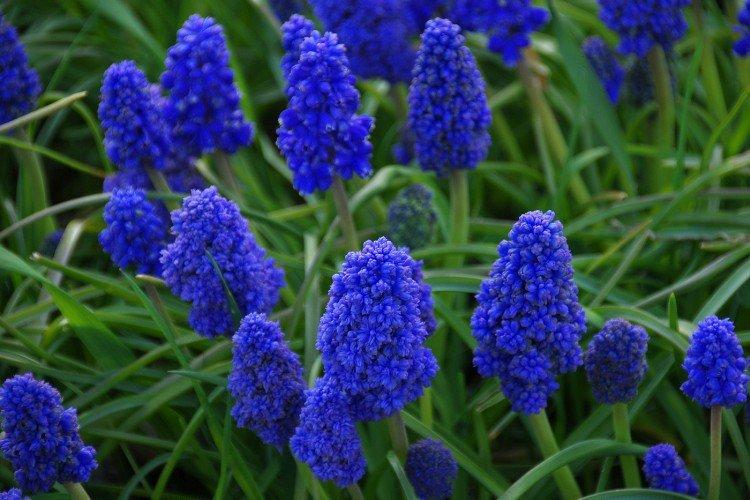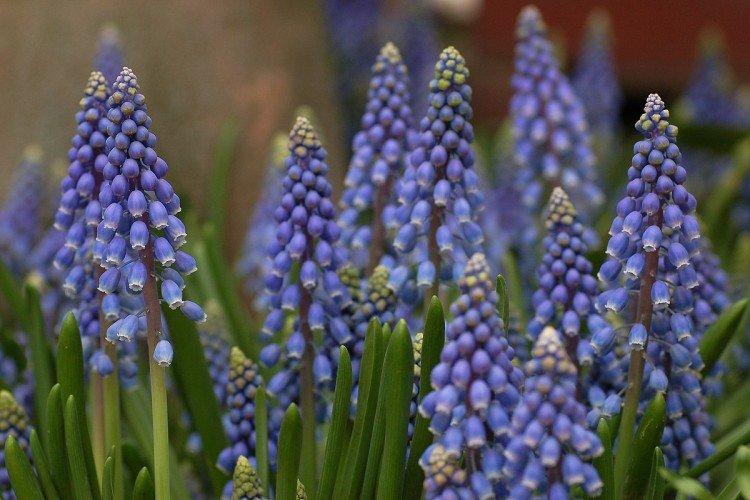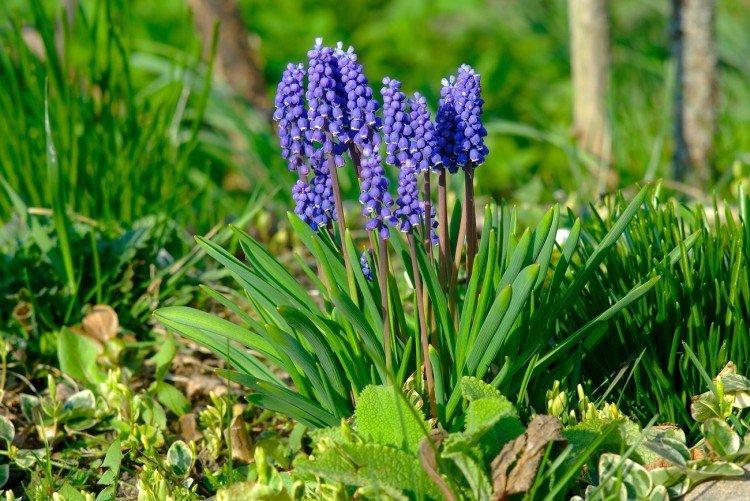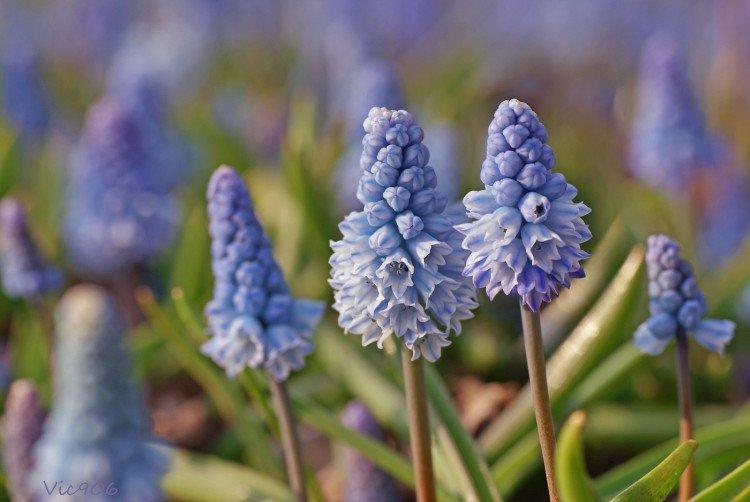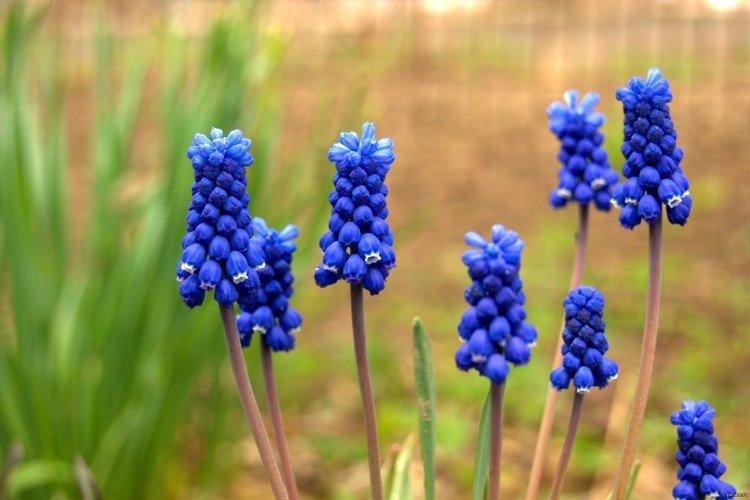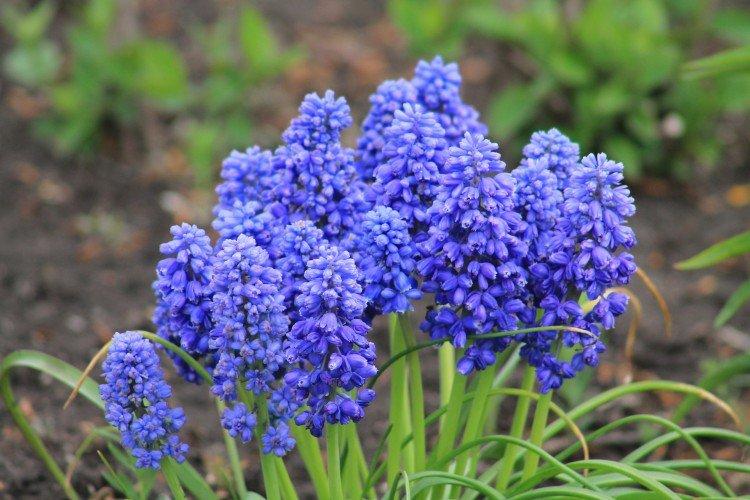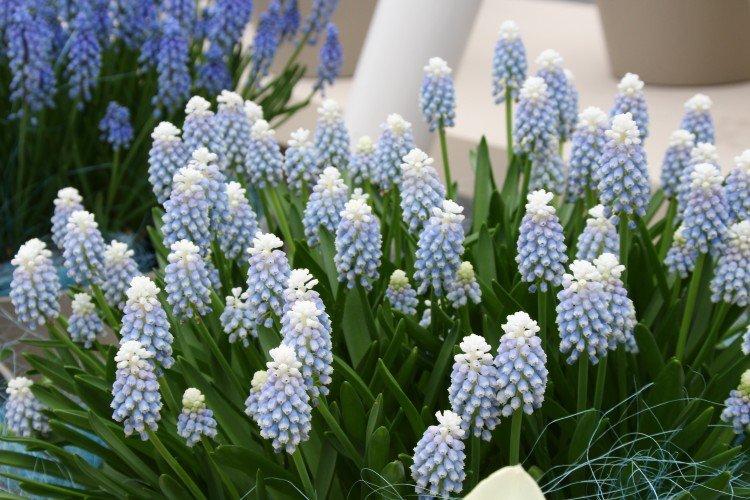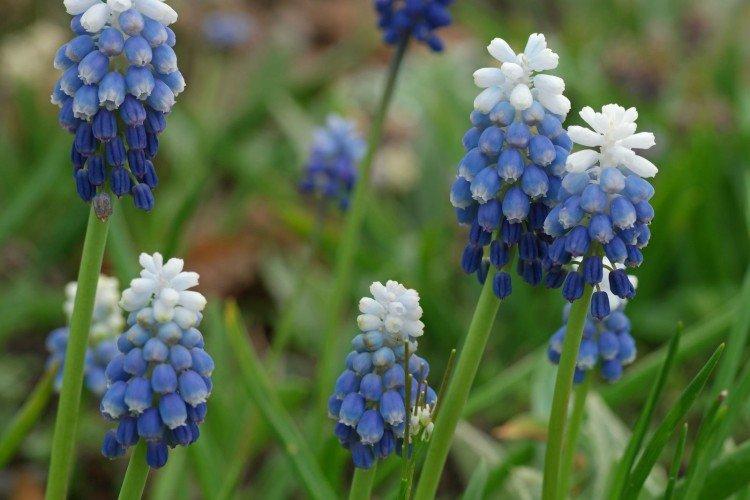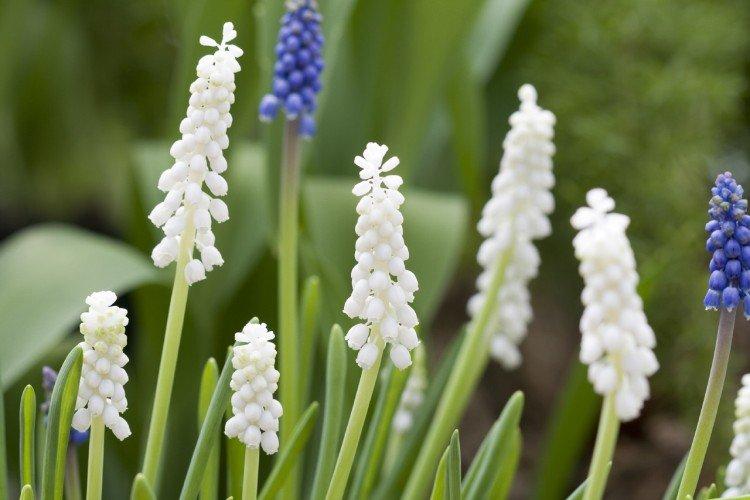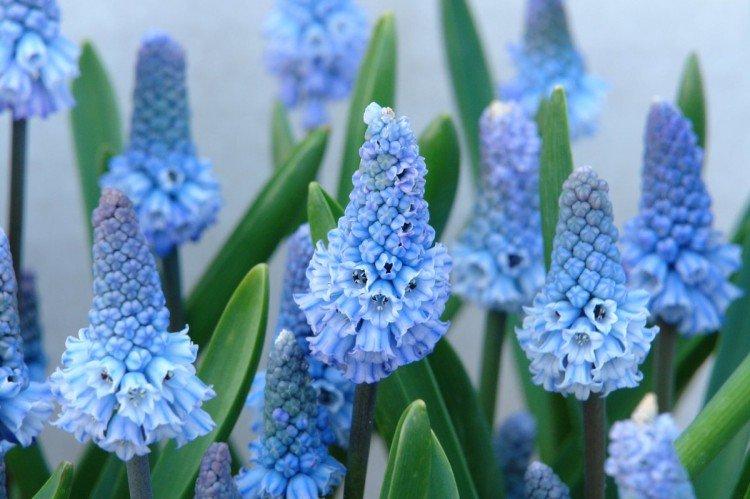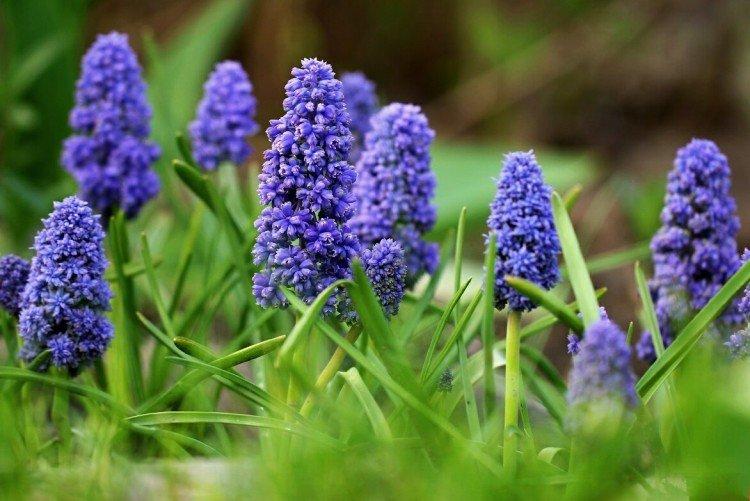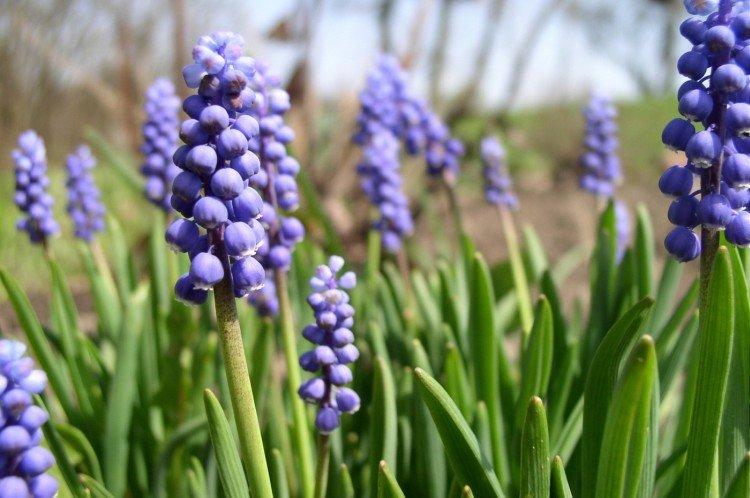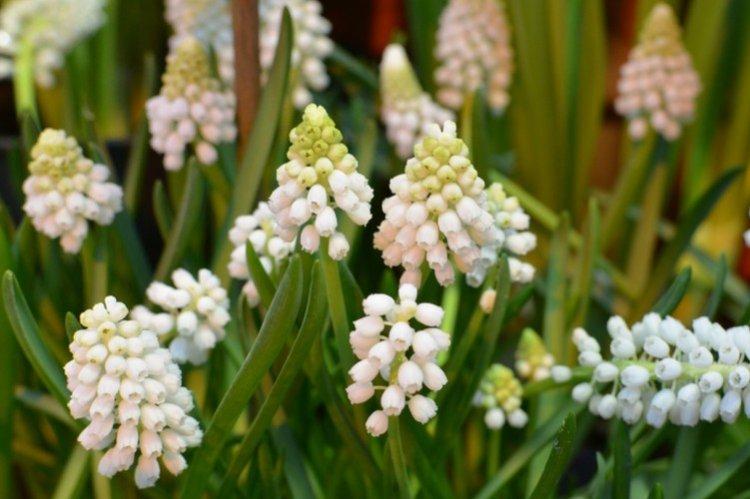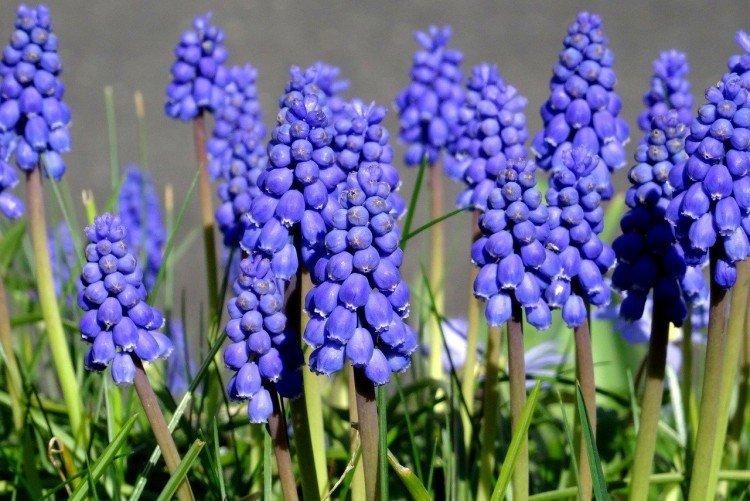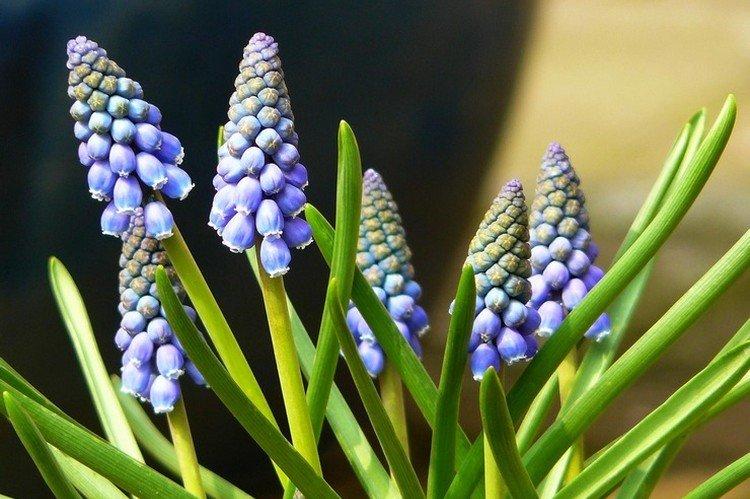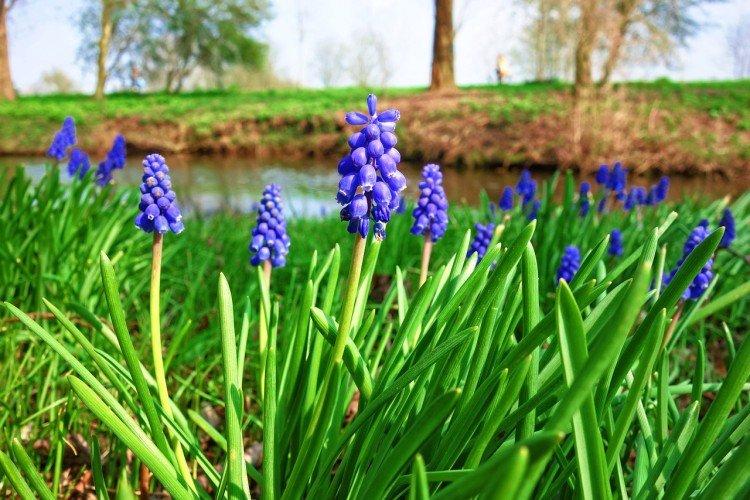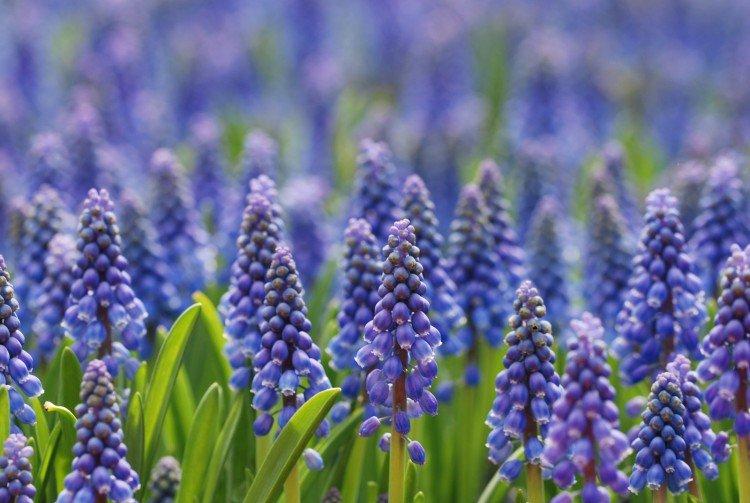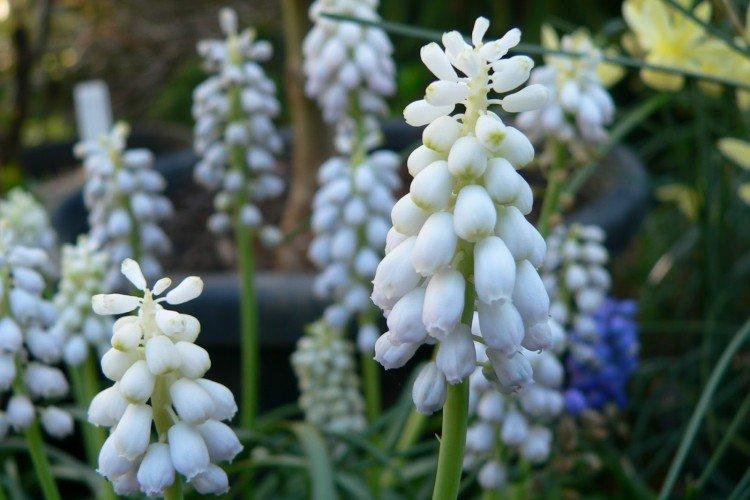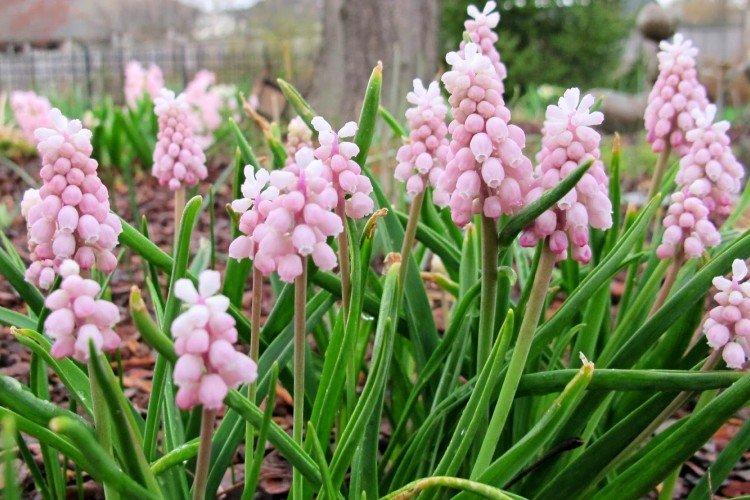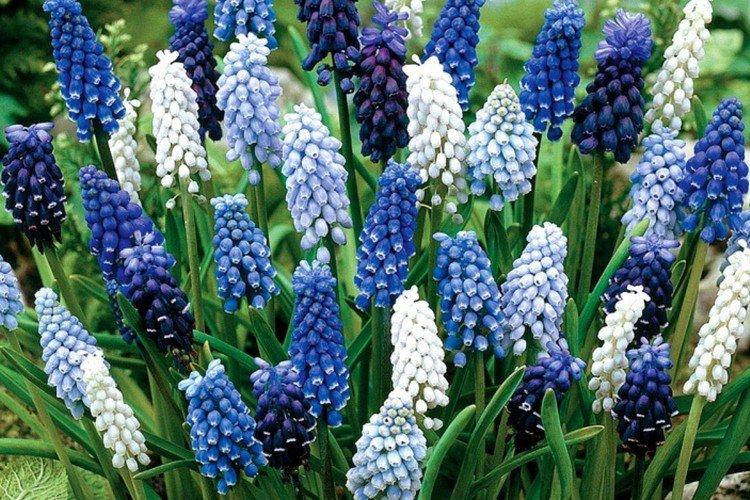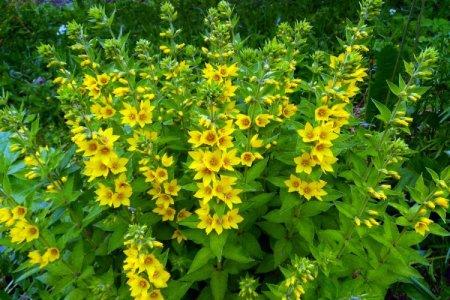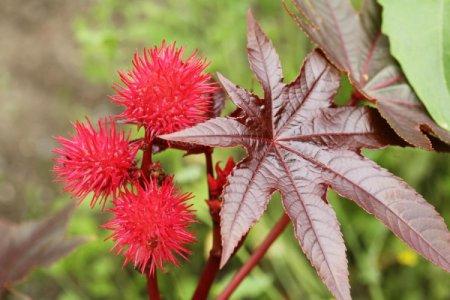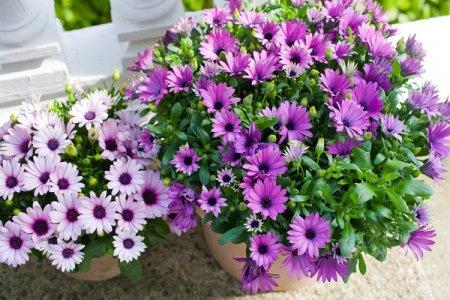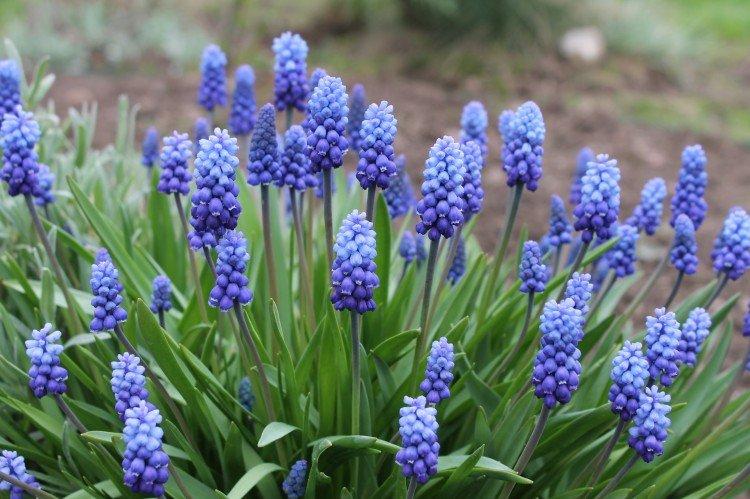
Muscari can rightfully be called the star of domestic gardening. They are adored for their amazing unpretentiousness, ease of cultivation, reproduction rate and bright early flowering. Muscari are good both solo and group landings. And besides, they bloom in early spring - just at the time when there is still an acute shortage of colors and greenery in life!
general information
Muscari are small bulbous plants also called mouse hyacinth. They are viper onions, and they are delicate and beautiful flowers with a subtle expressive aroma. Previously, muscari were really considered hyacinths, but now it is known for sure that this is an asparagus perennial.
In nature, different types of muscari are found almost throughout Europe and Asia Minor, including the Crimea and the Mediterranean. This is one of the earliest primroses that will perfectly decorate flower beds, borders and rock gardens. In everyday life, mouse hyacinth is so unpretentious that many growers claim that it does not need care at all.
Muscari have small ovoid bulbs up to an average of 2 cm in diameter. Sharp lily leaves stretch up to 17 cm, and the height of the bare peduncle reaches a maximum of 30 cm. From above, they are decorated with lush and dense racemose inflorescences up to 8 cm each.
Muscari are good in all forms. They can be planted not only in open ground, but also in containers or pots. Then you can just bring the flowerpots into the room for the winter and not worry about wintering. In addition, muscari are grown for cutting for small decorative bouquets.
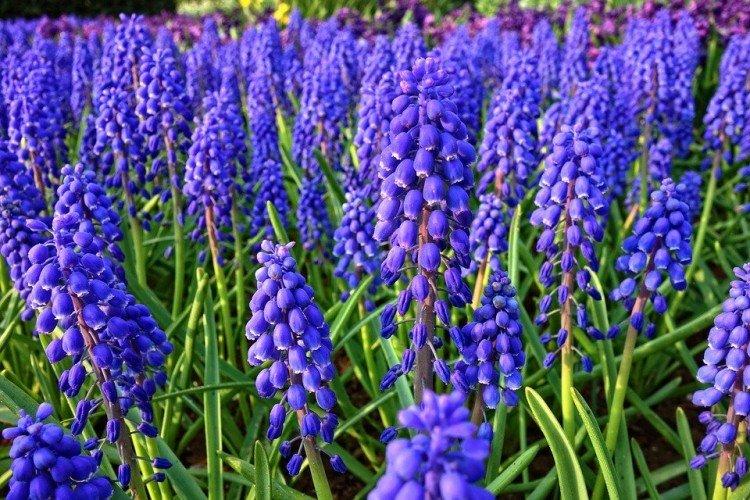
Muscari species
In our latitudes, about 20 species of muscari are grown. Early primroses bloom in April, and late ones delight with colors until mid-summer. Let's talk about the most popular varieties!
Armenian muscari
A winter-hardy species that does not cause trouble at all throughout Russia. The upper flowers in long inflorescences are slightly lighter than the lower ones. Purple, blue-green and terry varieties are very popular.
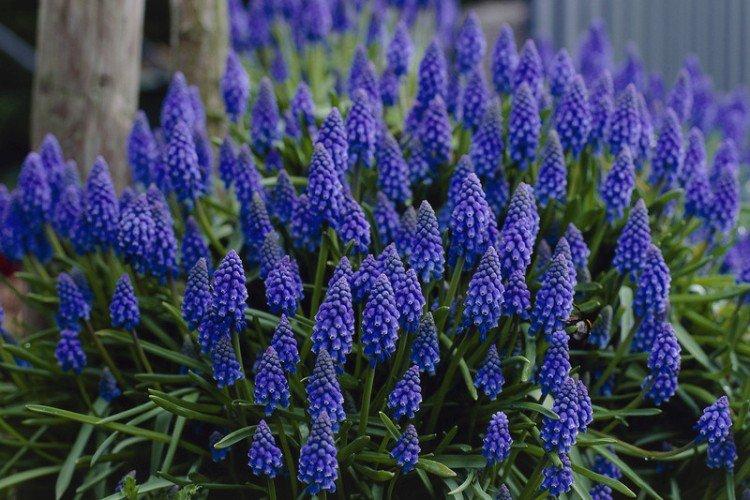
Handsome muscari
This species is also called pretty. Its most pleasant feature is that it blooms at the end of winter. The inflorescences are dense, short, but very bright blue.
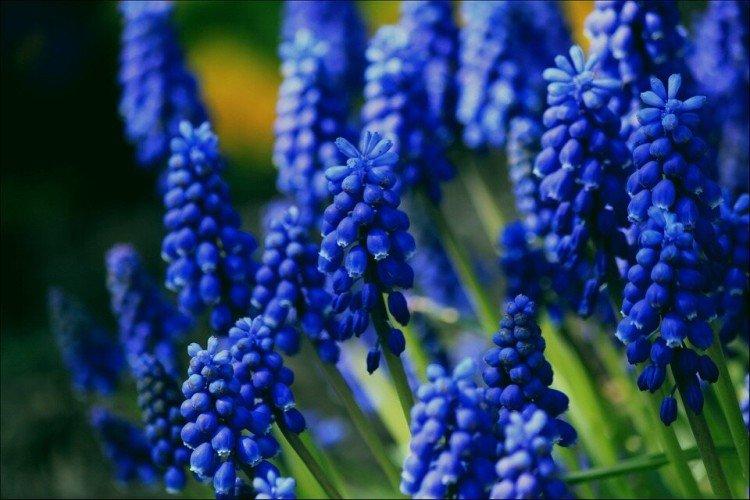
Crested muscari
One of the most unusual varieties, because the inflorescences seem to be covered with a lilac tuft. In horticulture, crested muscari are wonderfully combined with ground cover grasses.
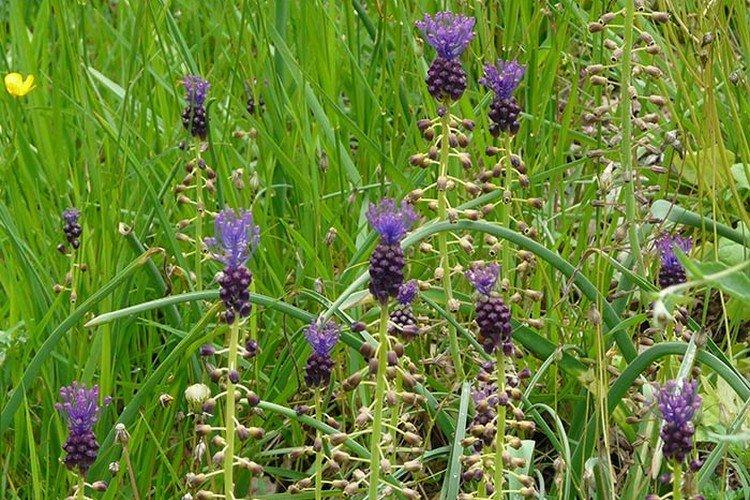
Pale muscari
In nature, this species lives on mountain slopes. It is smaller and differs in light pale flowers - bluish or pinkish.
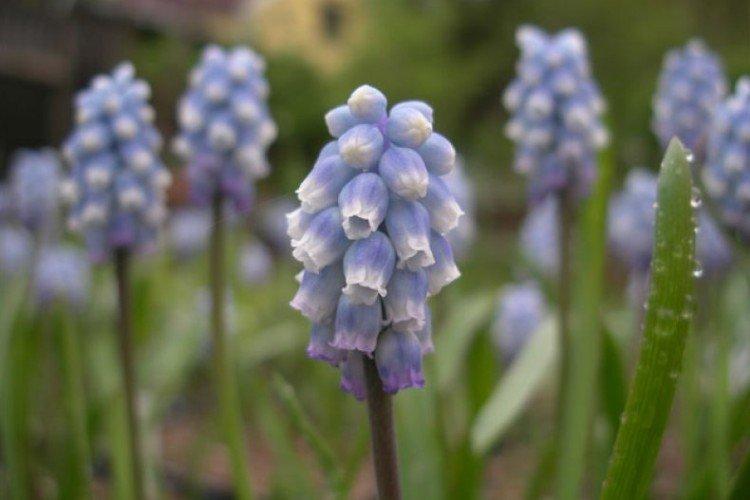
Grape-shaped muscari
This is a mountain dweller who came under the sight of breeders back in the distant 16th century. There are very beautiful white and pink varieties especially for garden breeding.
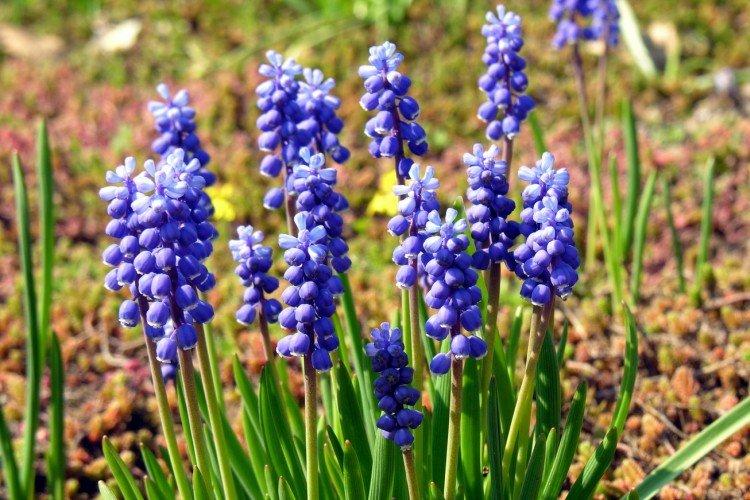
Broadleaf muscari
As you might guess, the peculiarity of this species is in atypical wide leaves, which are more reminiscent of tulip leaves. It is also interesting that one bulb can release several peduncles with cylindrical inflorescences at once.
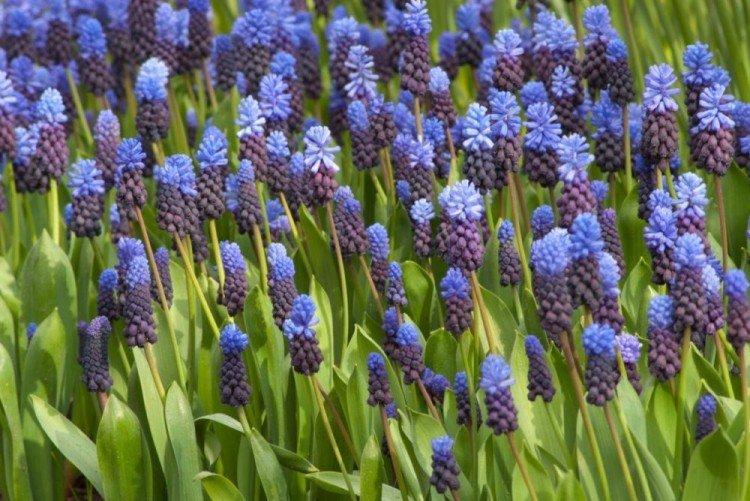
Muscari Tubergena
They are the Muscari of Osh. It is an Iranian species with serrated bicolor flowers. It is especially sensitive to moisture and therefore needs a thick drainage layer.
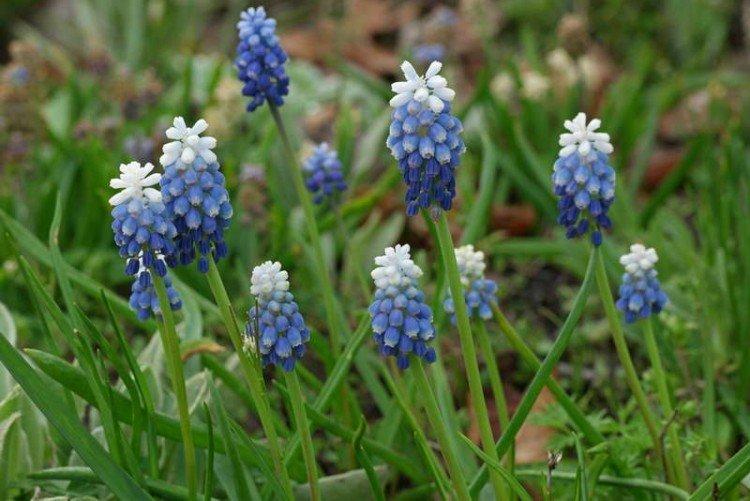
Muscari care
Muscari are not at all demanding, they grow easily and quickly turn into a real floral carpet. They can be used to decorate lawns, lawns, alpine slides or balconies. The main thing is to avoid excess moisture!
Temperature and lighting
Muscari are completely unpretentious to the environment. They can grow in partial shade and in the sun. The main thing is to choose areas higher so that the bulbs do not rot in the spring in melt water, and avoid drafts. Shelter for the winter is not needed, with the exception of a few individual heat-loving varieties. Their bulbs are dug up and kept warm until spring.
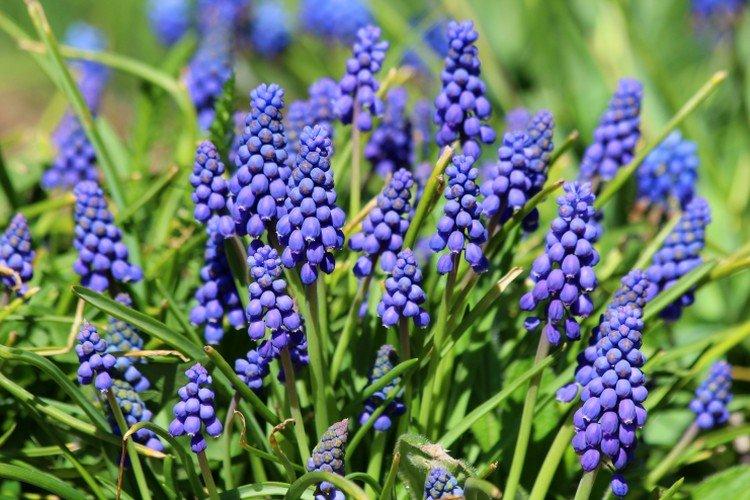
Watering
After planting in summer, muscari need to be watered only once, and then they will have enough natural precipitation. Additional watering is necessary only during flowering, and then the requirements depend on the specifics of a particular variety.
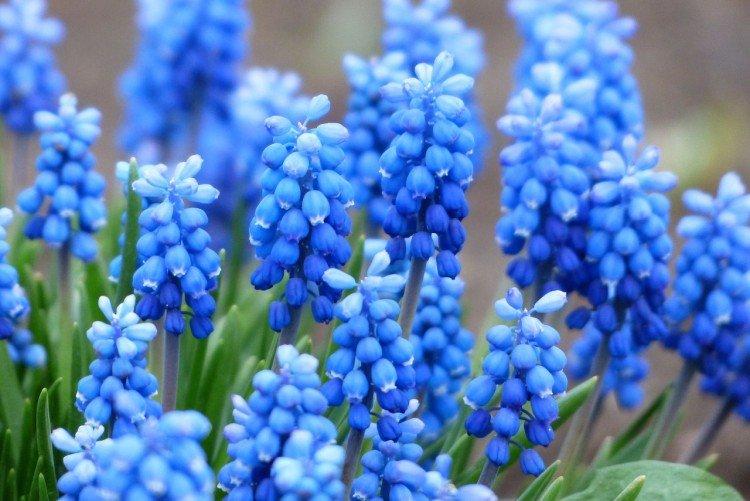
The soil
The soil is not at all important for muscari. Only too wet or heavy clay soil will not work. Be sure to remove weeds in a timely manner and loosen the topsoil.
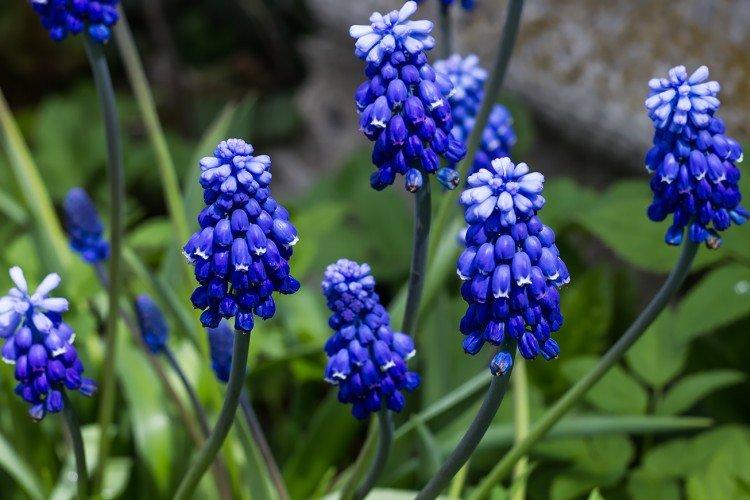
Fertilizers and feeding
Mouse hyacinth blooms luxuriantly and intensely, therefore fertilizers are important for it. In autumn, before winter, humus is introduced, and at the beginning of the spring season - mineral complexes. The first feeding is needed even before the snow completely melts.
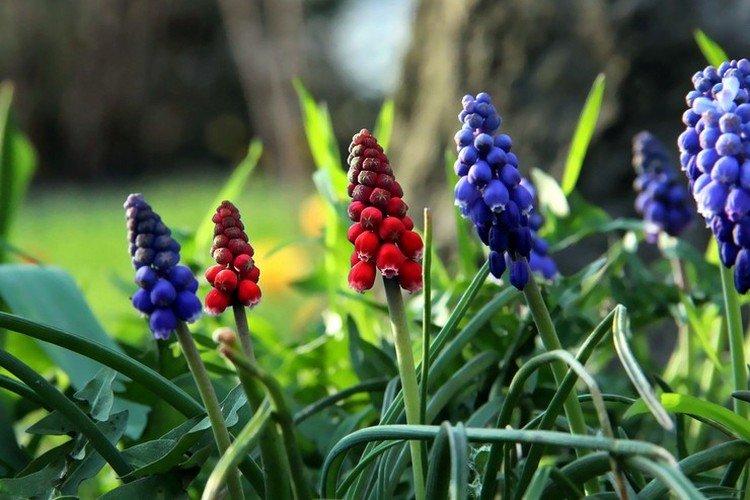
Thinning
Muscari must be thinned regularly, because they themselves grow no worse than weeds. If this is not done, the plants will not only fill the entire garden, but also prevent each other from developing normally. Optimally, thoroughly thin out the mouse hyacinth every 2-3 years.
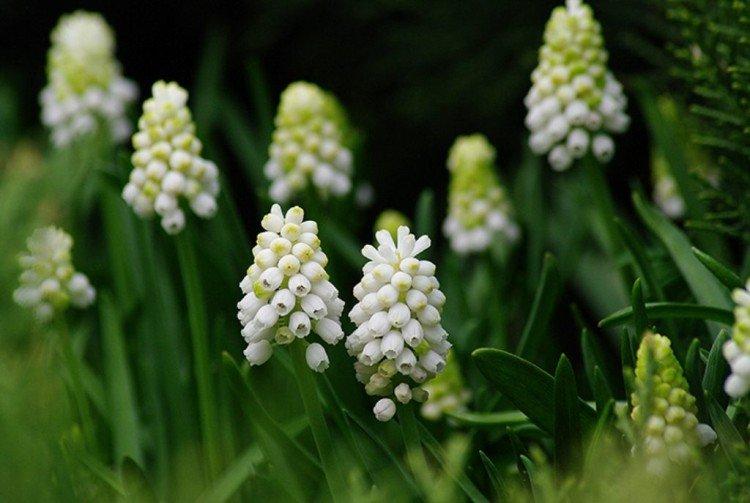
Storing the bulbs
Muscari winter normally outdoors, but sometimes the bulbs need to be dug up for reproduction. In this case, they are dug up in the fall, dried thoroughly and stored in a cool dry room at about 10 degrees. By about the middle of winter, you need to raise the temperature to 20 degrees to prepare for forcing.
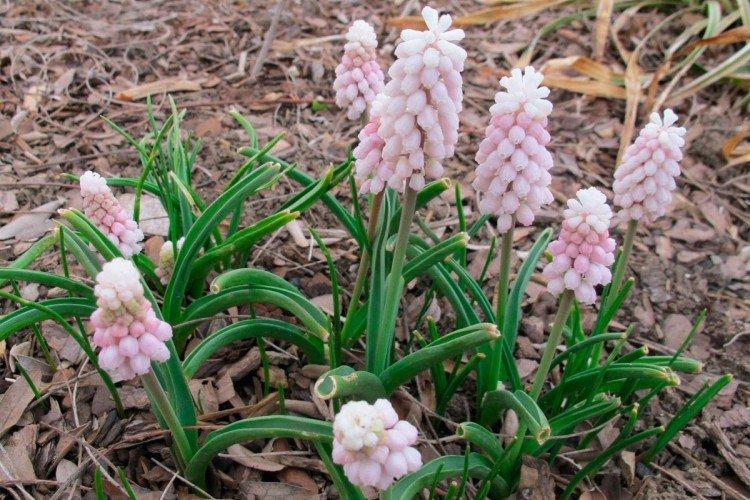
Planting and breeding
Muscari bulbs are planted in open ground in late summer or early autumn, when the heat subsides. So they will have time to completely take root before the first frost, and will successfully live in one place for a couple of years.
When planting, it is enough to leave about 10 cm between the bulbs, and they no longer need distances. The depth of the hole is up to 8 cm, depending on the size of the bulb. The plant finally takes root within a month.
Muscari can be propagated by dividing the mother's bulb, so in 1-2 years it is densely covered with children. Sometimes their number reaches 30 pieces! In addition, they spread rapidly by self-seeding, so be sure to cut the stems after flowering if this is undesirable.
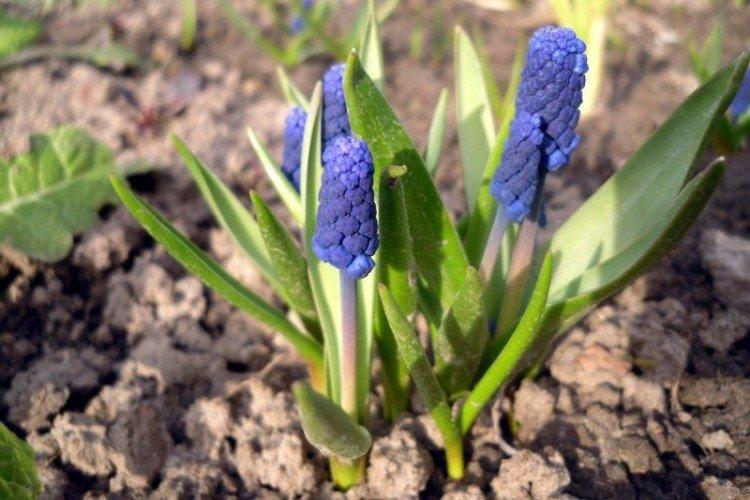
Muscari pests and diseases
Muscari very rarely get sick, and problems can be easily avoided if you carefully select and store the planting material, and then regularly inspect the flower bed.
Occasionally they suffer from the mosaic virus, due to which the plant becomes covered with light spots and degrades. In this case, you need to quickly destroy all affected bulbs. Most often, viruses are carried by aphids, from which modern insecticides and even traditional methods, such as soap solution and tobacco infusion, help perfectly.
If the plants start to wilt suddenly and quickly, the bulbs may have been damaged by voles. They are scared off by hazel grouse and garlic nearby. Slugs also love to feast on muscari leaves, so use traps and scarers.
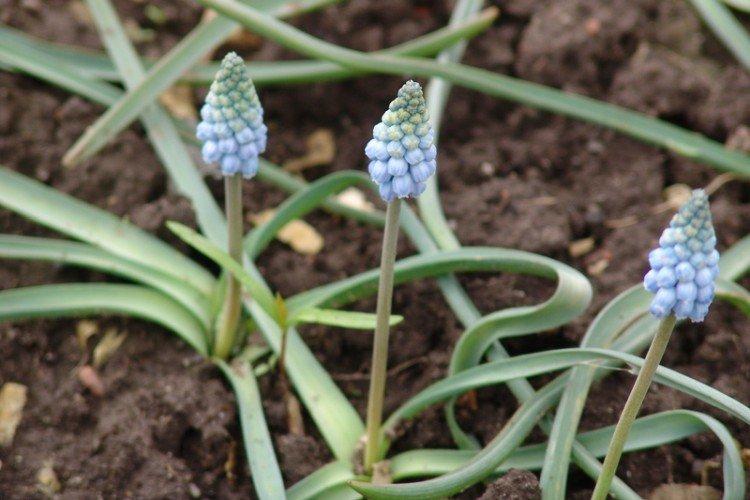
Muscari - photo
Most often in nature, blue and blue muscari are found, but there are other varieties of the most spectacular shades. And even multi-colored or terry types. Just admire!
